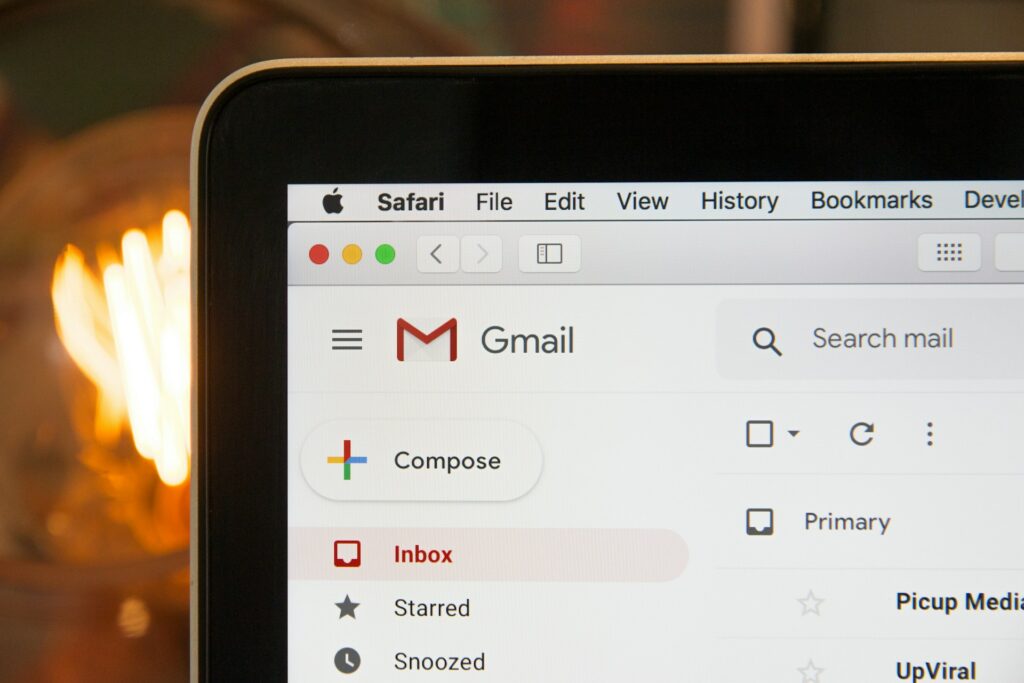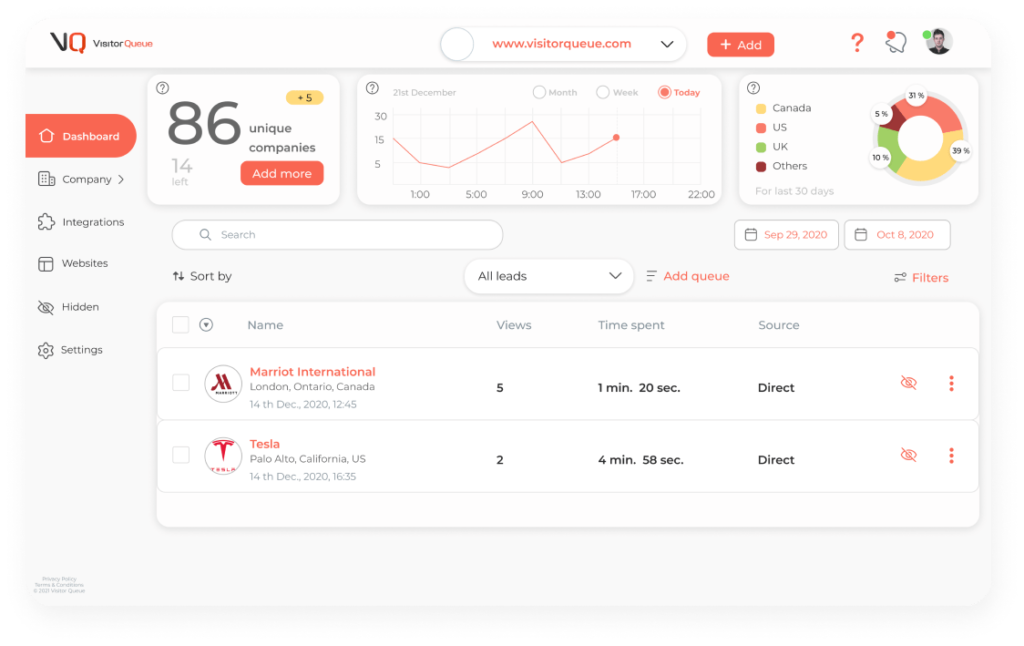When it comes to lead generation, we are always on the lookout for the most effective way to generate ROI. The two categories of lead generation, manual and automated, often come up when marketers are searching for new ways to generate leads. We often consider manual vs automated lead generation, and what is the best bang for our buck. In this article, we go through the definition of both manual and automated lead generation. And examples for both to help you decide which is best for your organization. First up, let’s go through what manual lead generation is.

What is Manual Lead Generation?
Manual lead generation involves a more hands-on approach than automated lead generation. This method relies heavily on human interaction and often includes networking events, cold calling, and manual email outreach. While manual lead generation emphasizes personalization, it comes with its own challenges. Manual lead generation can be time-consuming, and the results may not be scalable. However, the personal connections made with manual lead generation can be crucial, especially in industries where relationships play an important role. Here are a few of the most common forms of manual lead generation.
Networking Events, Conferences & Tradeshows
Attending industry events, conferences, and trade shows can help you personally connect with potential leads. Here, you can exchange business cards and engage in face-to-face conversations. In this day in age, personal interactions like this can be far and few between, so the companies that make this kind of effort can stand out from the crowd. If you want to learn more about trade show marketing, take a look at Trade Show Marketing: A Complete How-To Guide.
Cold Calling
Previously, cold calling was one of the top ways that companies manually generated leads. Now that we can leverage technology, in most cases this has turned into cold emailing. However, there is still a time and place for cold calling. Depending on your industry, cold calling can be a great way to break the ice, get your name out there, and explain what you can do. If you have a complicated product or a long sales cycle, it can be helpful to explain rather than send an email.
Email Outreach
As I mentioned previously, cold calling has now turned into cold emailing. Cold emailing is one of the most common forms of manual lead generation these days. This is because it can be relatively cheap to generate email addresses. Crafting personalized emails and sending them to targeted individuals can help you set up a meeting or further communication. If you’re looking to generate more emails, take a look at this list of 20 B2B Email List Providers.

What is Automated Lead Generation?
On the other hand, automated lead generation leverages technology and software to generate leads. This method involves setting up systems that automatically capture, nurture, and qualify leads. As a result, this can reduce the need for extensive manual involvement from your sales and marketing teams. Automated lead generation can make your lead generation efficient and scalable, which is important for growing companies. However, the challenge with automated lead generation is how personable you can be.
Website Chatbots
Implementing chatbots on your website can help engage with visitors, answer frequently asked questions, and collect basic contact information. Then, you can direct them to relevant learning resources or a sales representative. Once you have their contact information, you can use your CRM to follow up and ensure they found what they were looking for, and send additional learning resources like an eBook.
Email Marketing Automation
Automated email campaigns can be triggered by specific actions or events, and then send a follow up email based on their behaviors. As an example, if a lead signs up for a 14-day free trial, you can send a welcome drip campaign to ensure they have gotten started okay, and provide additional information, use cases, and other resources. By guiding your leads with email drip campaigns, you can increase the chances of them converting and becoming a long term customer.
Identifying Your Website Visitors
As a marketer, you’re always trying to increase your website traffic. With the help of Visitor Queue, you can find out what companies land on your website, how they got there, what pages they view, and how long they spent on each page. This can help you gauge whether or not your marketing efforts are attracting the right audience to your website. And, if your website is catered to their needs. You can set up automations to filter and sort your leads so you only see the companies that you are interested in. Not to mention, you can set up instant notifications via email or Slack to let your salespeople know to follow up. Lastly, you can integrate Visitor Queue with your CRM to instantly follow up with them there.

Manual vs Automated Lead Generation: What is Better?
When it comes to manual vs automated lead generation, it’s hard to give one definitive answer to which is better. Of course, it all comes down to what works best for your business. However, in general, it is more cost-effective and efficient to automate the majority of your lead generation efforts. It can also be very useful to combine your manual and automated lead generation. As an example, if you attend a trade show, you can create an email drip campaign to follow up with your leads automatically. This way, you get the best of both worlds.
Final Words
The effectiveness of manual vs automated lead generation ultimately depends on your business. In some cases, a personal touch can help you build lasting relationships. In others, the scalability of automated processes might be the key to staying ahead in a competitive market. By understanding the unique advantages of each method, and tailoring your strategy to your business, you can create a strong lead generation strategy. As always, if you have any questions about Visitor Queue, do not hesitate to reach out.
 Identify
Identify Personalize
Personalize Benchmark
Benchmark Agencies
Agencies Integrations
Integrations Case Studies
Case Studies Use Cases
Use Cases Blog
Blog Resources
Resources









